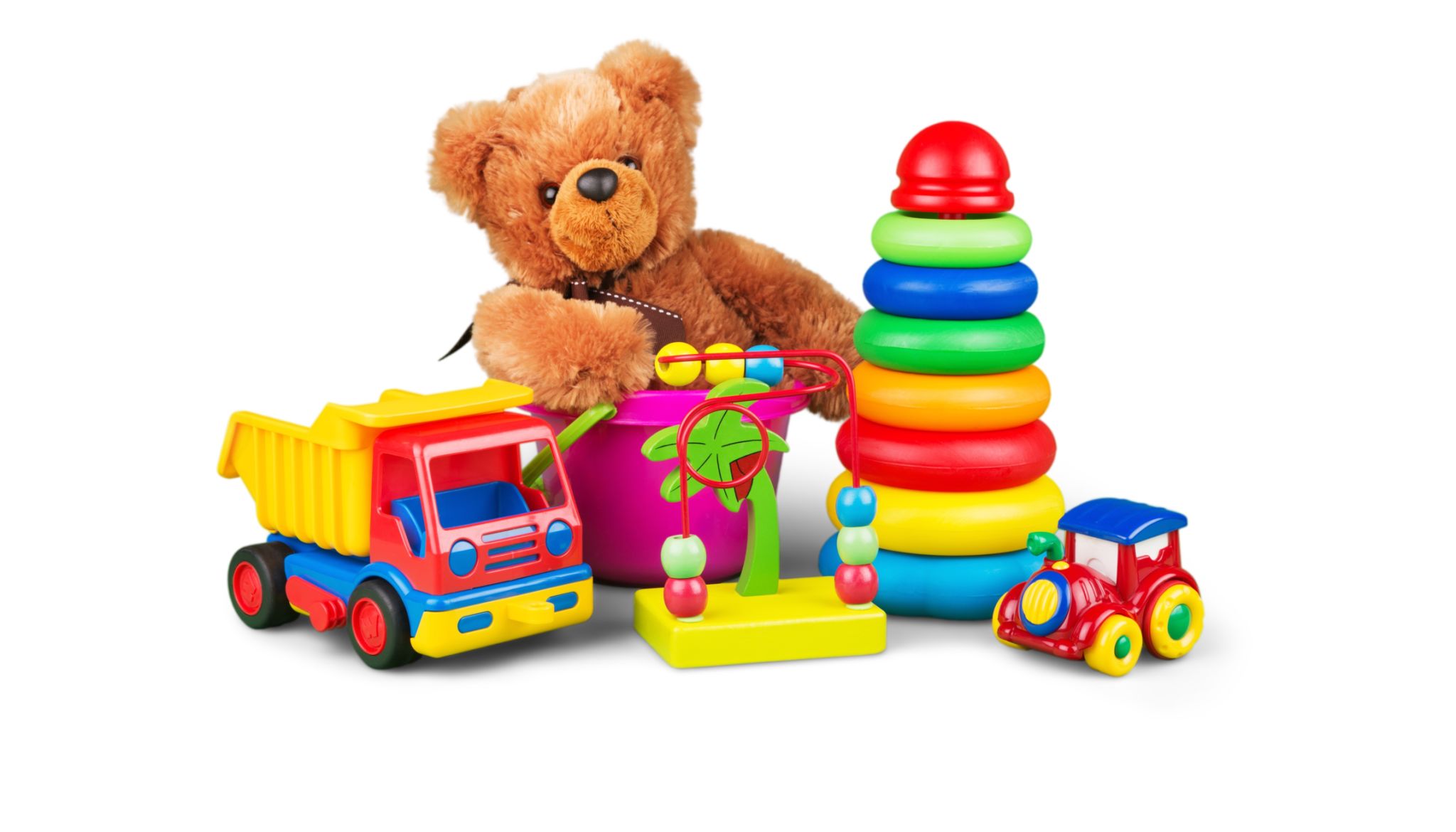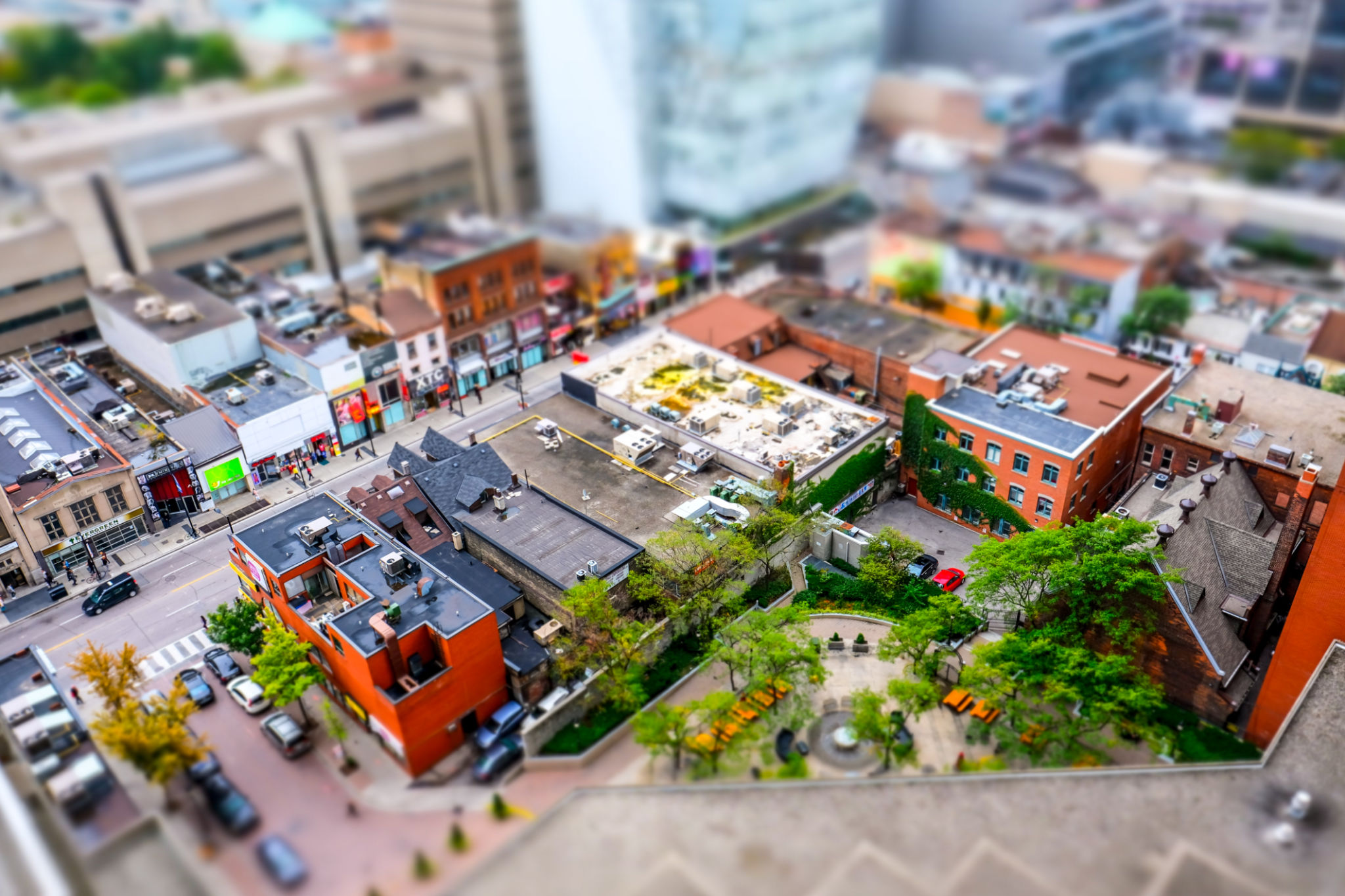Expert Tips for Toy Photographers: Enhancing Your Creative Portfolio
Understanding the Basics of Toy Photography
Toy photography is a delightful art form that involves capturing intricate details and imaginative scenarios using toys as subjects. Whether you're photographing action figures, dolls, or miniature cars, understanding the fundamentals of photography, such as lighting, composition, and focus, is essential. These elements form the foundation upon which you can build more complex and creative setups.
Lighting is particularly crucial in toy photography. Natural light is often the best choice as it provides a soft and even illumination, but experimenting with artificial light sources can add dramatic effects to your photos. Pay attention to shadows and highlights to enhance the three-dimensionality of your subjects.

Choosing the Right Equipment
While professional cameras can offer superior quality, beginners can start with a smartphone. The key is to understand your equipment's capabilities and limitations. Investing in a macro lens can significantly enhance your toy photography by allowing you to capture fine details up close.
In addition to cameras, consider using tripods for stability, especially when working with longer exposure times. This will help you avoid camera shake and ensure sharp images. Reflectors and diffusers are also useful tools for controlling light and minimizing harsh shadows.

Creating Engaging Scenes
The magic of toy photography lies in creating captivating scenes that tell a story. Plan your shots by sketching ideas or making notes on what you want to achieve. Think about the narrative you want to convey and how different elements in the scene contribute to it.
Backgrounds play a crucial role in setting the mood of your photographs. You can use printed backdrops, natural settings, or even build dioramas to create realistic environments for your toys. Pay attention to scale and proportion to ensure that everything looks cohesive.

Post-Processing for Maximum Impact
Post-processing is an integral part of modern photography that can elevate your images from good to great. Use software like Adobe Photoshop or Lightroom to adjust brightness, contrast, color balance, and other elements. This is where you can correct any minor issues from the shoot and enhance the overall aesthetic of your photos.
Be mindful not to over-edit; subtle adjustments often yield the best results. Focus on enhancing the natural beauty of your images rather than altering them completely. Consistency in editing style helps in building a cohesive portfolio.
Building a Diverse Portfolio
A diverse portfolio showcases your skills and creativity as a toy photographer. Aim to include a range of styles, from close-up detailed shots to wide-angle scenes. Demonstrate your ability to handle different lighting conditions, compositions, and themes.
Regularly update your portfolio with new work to reflect your growth and evolving style. Engage with online communities or social media platforms to gain feedback and inspiration from fellow photographers.

Networking and Collaborations
Building connections within the toy photography community can open doors to new opportunities and collaborations. Join forums, attend workshops, or participate in online challenges to meet like-minded individuals. Collaborating with other artists can provide fresh perspectives and ideas that enhance your work.
Networking also helps in staying updated with trends and techniques in the industry, ensuring that your work remains relevant and innovative.
Conclusion
Toy photography is a rewarding hobby that combines creativity with technical skill. By understanding the basics, choosing the right equipment, creating engaging scenes, mastering post-processing, building a diverse portfolio, and networking effectively, you can enhance your creative portfolio and make a mark in this unique art form.
Remember that practice is key, so keep experimenting with different techniques and styles to find what resonates with you. Happy shooting!